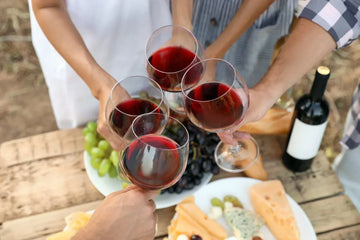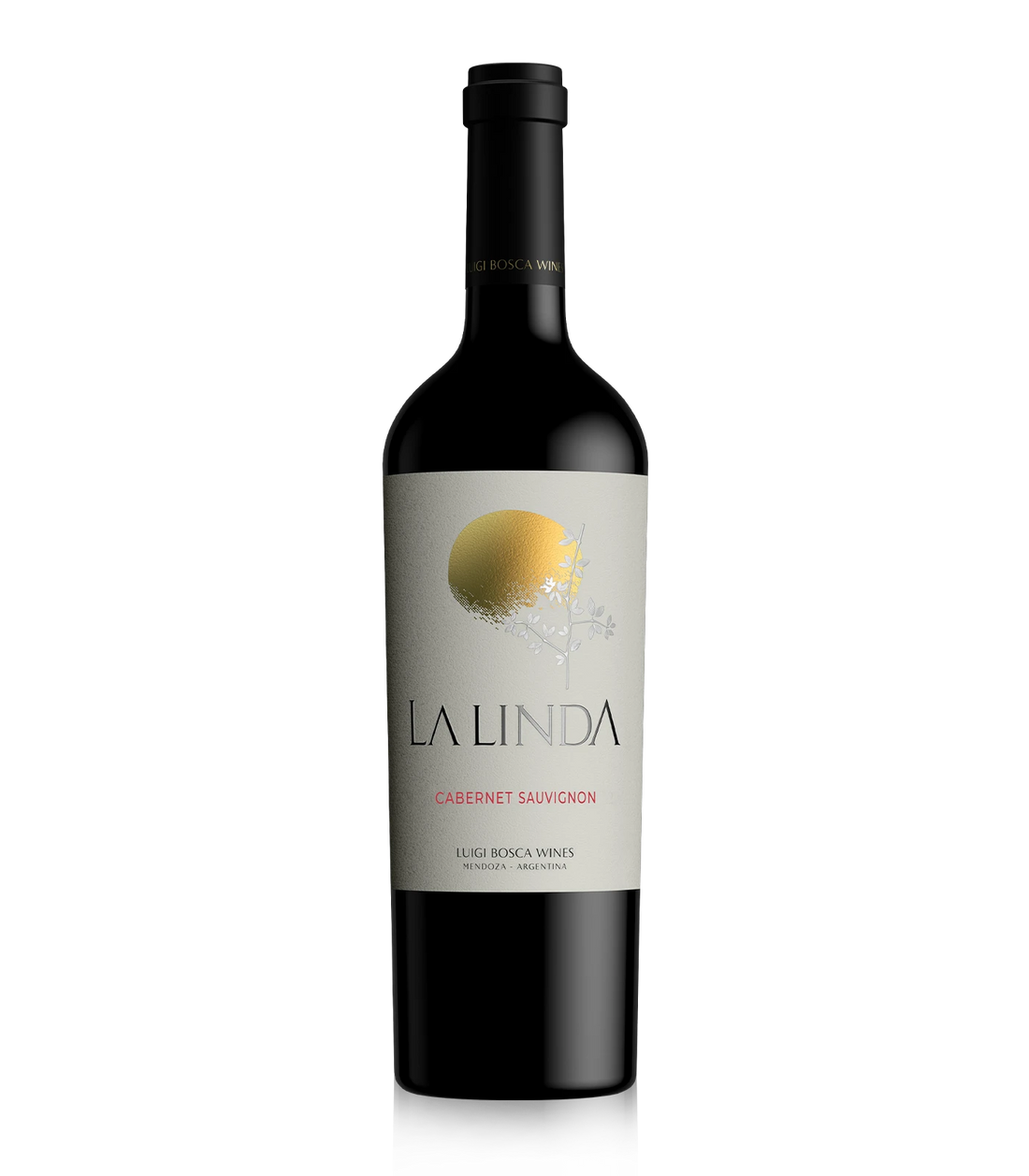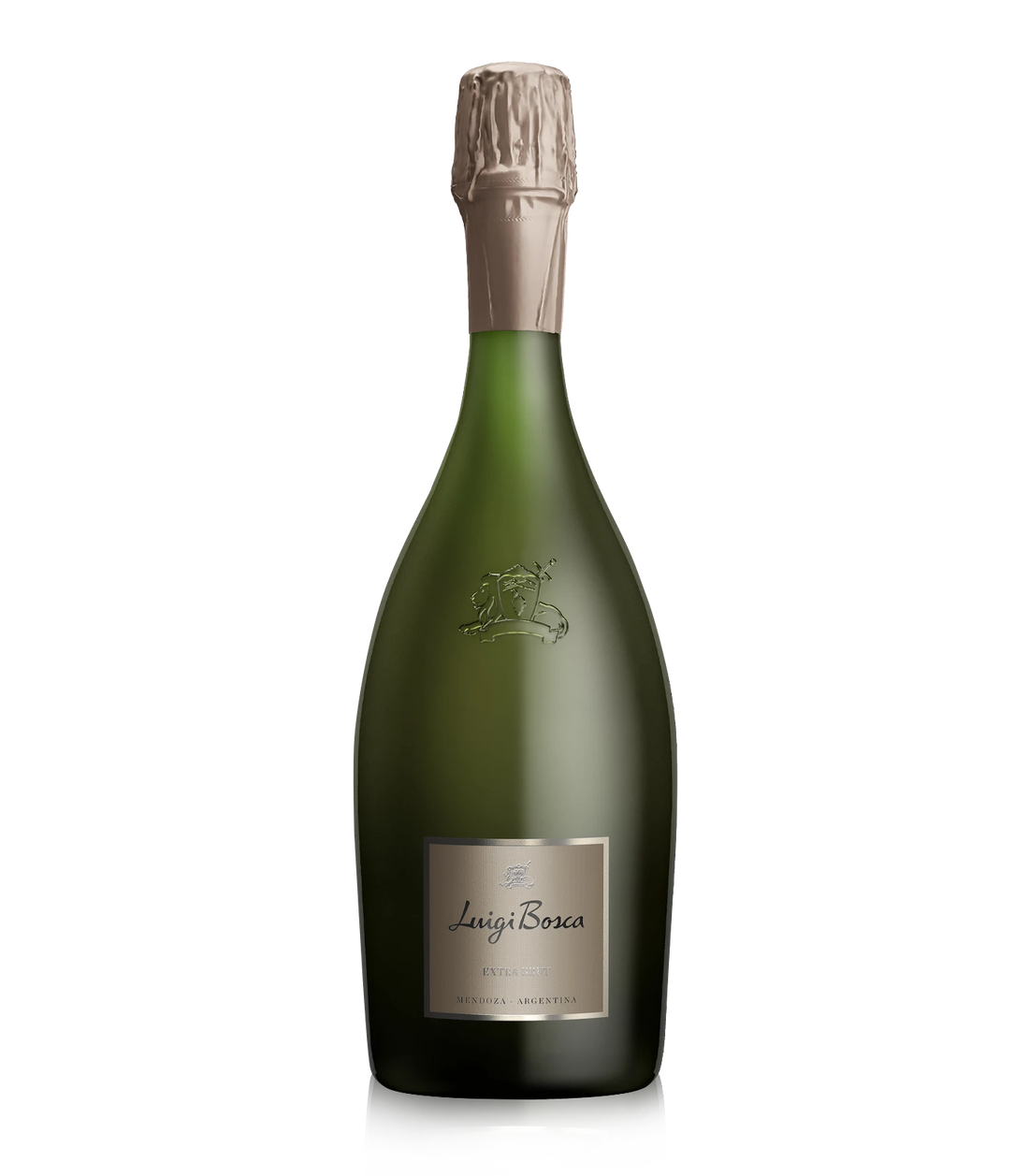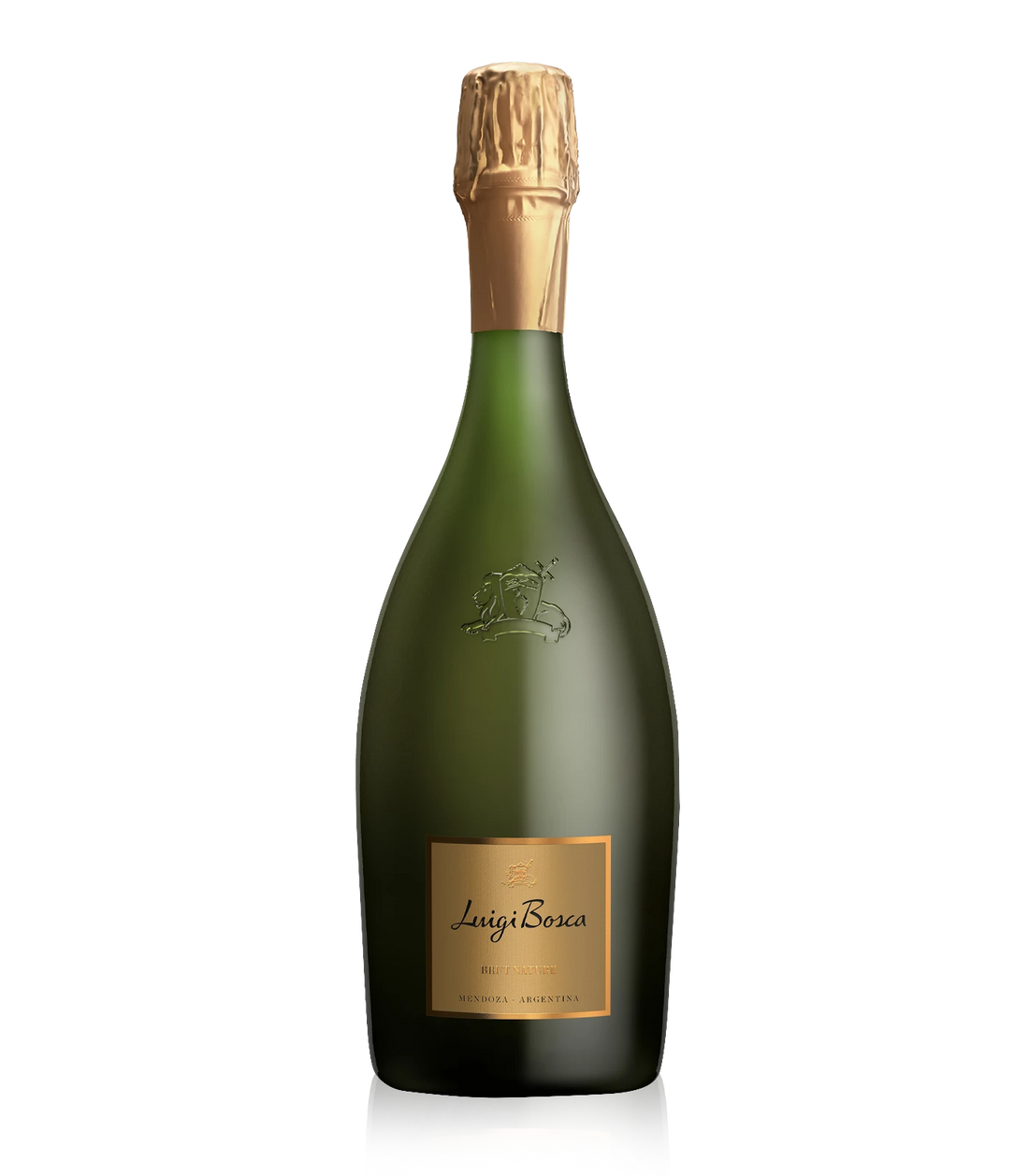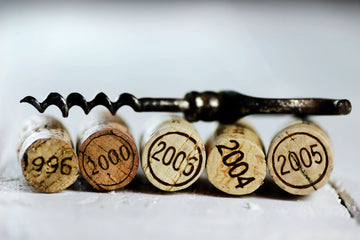Choosing wine glasses can be confusing, given the sheer number of options available. Today, there seems to be a different shape for every grape varietal, many of which appear almost identical.
The truth is, glass design plays a major role in how wine smells, tastes, and feels. The right glass enhances aromas, balances flavors, and even affects temperature. This guide explores the main styles of wine glasses, how to use and care for them, and which ones you actually need. Think of them as investment pieces that should suit your drinking habits, lifestyle, budget, and available space.
Stemless Wine Glasses
Best for: Casual occasions and outdoor settings
Stemless wine glasses have become trendy in recent years. They are essentially small glass bowls that you hold directly in your hand. While they look modern and practical, they are not ideal for professional tastings or wines that benefit from precise temperature control.
Because the warmth of your hand can quickly heat the wine, and scented lotion or perfume can interfere with aromas, stemless glasses can alter the tasting experience. They are fine for casual enjoyment, but not recommended when evaluating a wine’s true character.

Sparkling Wine Glasses
Best for: Champagne, Prosecco, Cava, and sparkling rosé
Two main types of glasses are traditionally used for sparkling wines: the flute and the coupe. The flute, tall and narrow, helps preserve bubbles and concentrate delicate aromas. The coupe, with its flat and shallow bowl, allows carbonation to dissipate quickly but remains charming for Champagne cocktails.
If your goal is to fully appreciate the wine itself, the flute is the better choice. It keeps the effervescence lively and focuses the aromas directly under your nose, enhancing the freshness and finesse of the wine.

Bordeaux Wine Glass
Best for: Cabernet Sauvignon, Merlot, Bordeaux blends, Syrah
The Bordeaux glass is what most people imagine when they picture a classic wine glass. It features a tall bowl with slightly tapered sides and typically holds 530–620 ml (18–21 oz). Its large size allows oxygen to interact with the wine, softening tannins and releasing aromas.
This shape is ideal for bold, structured reds with higher alcohol levels. The height of the glass keeps the wine a little more distant from the nose, allowing you to capture the bouquet without being overpowered by ethanol. The result is a clearer, more balanced aromatic impression.

Burgundy Wine Glass
Best for: Pinot Noir, Nebbiolo, Valpolicella, Red and White Burgundy
Burgundy glasses have a wide, rounded bowl and a gently curved lip. This design allows the wine to open up with ample oxygen exposure, while the narrower rim captures and concentrates delicate aromas.
These glasses are perfect for refined, aromatic wines that express subtle floral, fruity, and earthy nuances. The shape encourages the wine to flow toward the center of the tongue, balancing acidity and highlighting the wine’s elegance. Some larger models, known as Grand Cru Burgundy glasses, are designed for maximum aromatic concentration.

White Wine Glass
White wines vary widely in style and structure, from crisp and mineral to rich and full-bodied. To bring out the best in each style, white wine glasses are generally divided into three main categories.
Light and Crisp White Wine Glass
Best for: Sauvignon Blanc, Pinot Grigio, Albariño, Vermentino, Chablis
These glasses are smaller with a tall, narrow bowl. They preserve freshness and emphasize acidity and minerality while keeping the wine cooler for longer. The shape directs aromas straight to the nose, enhancing notes of citrus, green apple, and white flowers.
Design purpose: Maintain chill and crispness while minimizing oxidation.
Aromatic White Wine Glass
Best for: Riesling, Gewürztraminer, Torrontés, Muscat
Aromatic whites need slightly more space to express their perfumes. This glass has a medium bowl and a gently tapered rim that concentrates floral and exotic aromas while balancing sweetness and acidity.
Design purpose: Highlight intense aromatics without losing freshness or focus.
Bold or Full-Bodied White Wine Glass
Best for: Oaked Chardonnay, Viognier, White Rhône blends, aged whites
These glasses are larger and rounder, closer to a Burgundy shape. The wider bowl increases contact with air, revealing complex layers of oak, butter, spice, and ripe fruit. The design softens texture and enhances richness and depth.
Design purpose: Encourage aeration and bring out texture and complexity.

Rosé Wine Glass
Best for: Provence rosé, dry rosé blends, sparkling rosé
Rosé wine glasses are medium-sized with a slightly flared rim. The design emphasizes freshness and bright fruit while maintaining a clean, crisp finish.
They strike a balance between white and red wine glasses, offering enough space to release aromas while preserving vibrancy. A fluted or tulip-shaped rosé glass is especially good for sparkling rosé, keeping bubbles lively and aromas focused.
Dessert Wine Glass
Best for: Port, Madeira, Sauternes, Sherry, late-harvest wines
Dessert wine glasses are smaller, usually with a narrow bowl and mouth to preserve sweetness and prevent alcohol evaporation. Their compact size matches the smaller serving portions typical of these concentrated, high-sugar wines.
While not essential for casual drinkers, a set of dessert wine glasses can be a worthwhile addition for those who enjoy fortified or sweet wines. Standard glasses are often too large, allowing aromas and alcohol to dissipate too quickly.

Universal Wine Glass
Best for: Everyday use, reds, whites, and rosés
Universal wine glasses are designed to suit a broad range of wine styles, making them a versatile choice for everyday enjoyment. Their medium bowl and gently tapered rim create a balance between aroma concentration and aeration.
A good universal glass performs well for most wines and is perfect for those who prefer simplicity over a full collection. It is also an excellent option for restaurants, tastings, or anyone with limited storage space.
Tasting or ISO Wine Glass
Best for: Professional tastings, wine education, trade events
The ISO (International Standards Organization) wine glass is the benchmark used in professional tastings worldwide. Compact and tulip-shaped, it concentrates aromas and ensures consistency across different wine samples.
While not as elegant as specialized glasses, the ISO design provides reliable performance when evaluating wines side by side, making it ideal for education, training, or comparative tasting sessions.
Choosing a Standard or Universal Wine Glass
If you prefer simplicity, consider investing in a good set of universal wine glasses. These are designed to suit most wine styles and are perfect for everyday use. The Zinfandel-style glass, for instance, is a balanced all-purpose choice for reds, whites, and rosés.
When selecting glassware, think about how often you drink and the types of wine you enjoy. Crystal glasses offer unmatched brilliance and clarity but are more fragile and should be handwashed. If you entertain often or are prone to breakage, high-quality glass is a practical alternative.
Always choose real glass over plastic, as plastic can interact with the wine and alter its aromas.
Proper Use and Care of Wine Glasses
Owning fine glassware only makes a difference if you use and maintain it correctly. Follow these key tips:
- Hold by the stem, not the bowl, to avoid warming the wine.
- Wash after every use to prevent residue buildup that can affect taste.
- Rinse thoroughly to remove all traces of soap or detergent.
- Handwash delicate crystal to avoid damage in the dishwasher.
- Avoid serving wine in warm glasses. Let them reach room temperature or cool them slightly before pouring.
Enjoying Wine at Its Best
While there is no single perfect glass, understanding the main shapes helps you make informed choices. Start with one or two versatile styles and expand your collection as your palate evolves.
The right glass reveals the best version of every wine, whether it’s a crisp Sauvignon Blanc, a rich Bordeaux blend, or a celebratory Champagne. Choose well, care for them properly, and you’ll enjoy years of refined tasting pleasure.
